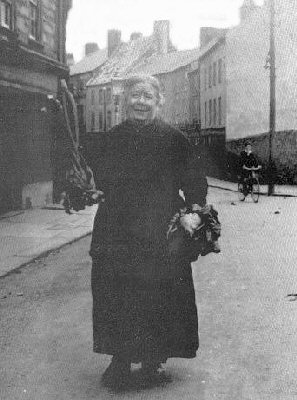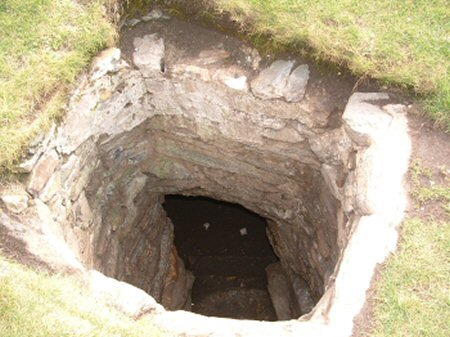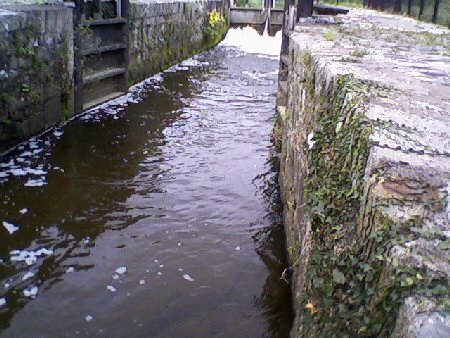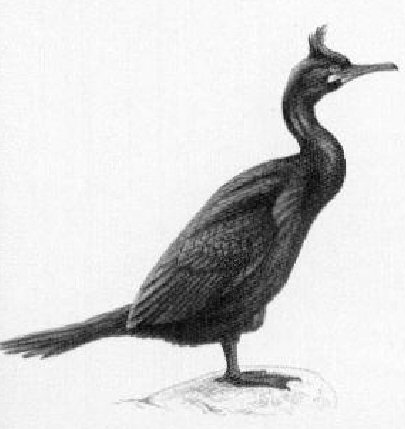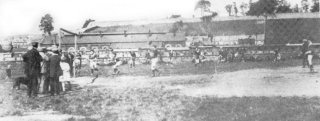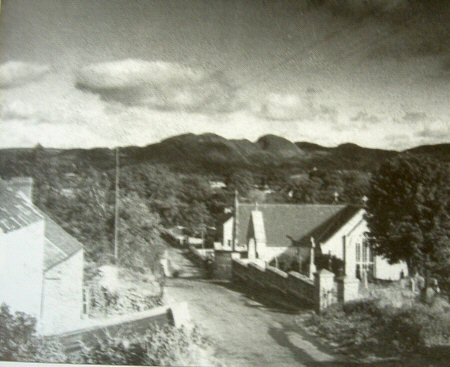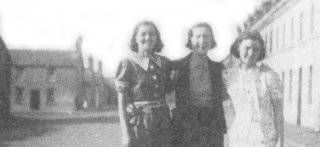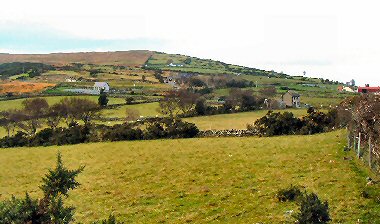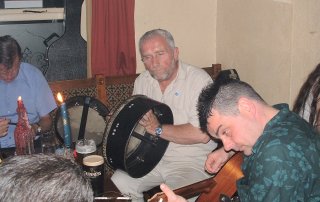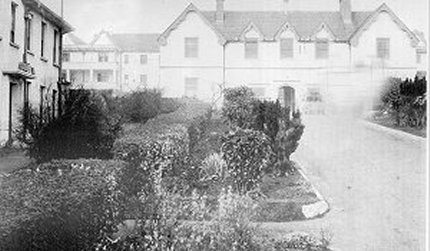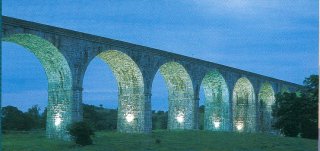Whistlin’ In The Barn
Peader was reflecting on days and people, and a way of life that were gone. He spoke of a travelling woman of these parts who stayed in his parent’s place one time, and who took over the settlebed and made the people ‘wait hand and foot’ on her for a week.
She was nothing to the old Travelling Woman who was snow-bound in his grandfather’s on the Dromintee Old Road. She had her own flour with her, which she had begged. When given permission to make her own griddle of bread she told the grandfather at the fireside to ‘quit yer smokin’ and spittin” while she was around the hearth. She backed this up with the remark that she had ‘once owned three cows in the County of Monaghan’. War ensued in which even the cat – and the traditional South Armagh hospitality – fled. Out she had to go into the snow-drifts.
The grandmother couldn’t have this and pleaded for a compromise that allowed the travelling woman a temporary banishment only to the barn. She began loudly to play a tin whistle out there so that the neighbours might learn of her banishment. He saw the gathering throng of spectators on the ten-foot drifts on the road overlooking the wall and the fear of local ridicule caused him to relent. She was brought back to the house.
Egyptian Arch
The Egyptian Arch was completed in 1851 and was designed by William Dargan. The design was based on the Pylon, or gateway to an ancient Egyptian Temple. The latter of course is the origin of the name that we give to those giant steel structures that carry power lines between settlements.
The Book of Harry Stotle
There’s them kin work the Black Art of the Divil and there’s not a word of lie in that. It cud be done before and it can still be done. I heared a priest in Dundalk the other week preaching that it cud be done!
There’s several ways of doing it. A man cud sell his soul to the devil and be free and rich and merry for seven years and then the devil wud come till claim him. But he cud make the devil sweep the bottom of the seven seas for him before he’d go and all the time the money pouring out of the tops of he’s boots.
There was some way of swearing on an anvil in a blacksmith’s forge. Sure Willy the Wisp was a blacksmith in the first place that sold himself till the Divil an’ beat him in the end. An’ they cud hold up the Ace of Hearts at the Consecration of the Mass and they’d get the Black Art. Or gather the seeds of the bracken on black plates on Hallow Eve at midnight. And ye cud read some book that came from foreign parts: it was a book with black pages and white writing and you had to read it from back to front and from right till left. They called it the Book of Harry Stotle. And it warned you
‘Read me through
Peruse me not
Or Hell’s Fire
Will be your lot.’
Sure I’ll tell ye more the next time ye call on your ceili!
Fews Glossary: R 2
Right complete, thorough, ‘he’s a right gentleman’ Rightly fine, ‘I’m doing rightly’ well,…
Hughes 1950 Wedding Party
This fantastic wedding party was photographed in George’s Lane, Lower Mill Street back in 1950. The bride (second from left) was previously Kathleen McAteer and her groom is Joe Hughes, fifth from left. Most of the women are the bride’s sisters (Josie between bride and groom, and Margaret between Joe’s brother Ben [right] and his wife Rosaleen).
Rosaleen and Benny were married two years previously, despite the fact that they are the only ones wearing a lapel flower!
Sorry you cannot view the full-size photo. I think it’s just great.
P.S. Did you spot the famous John Fearon?
Cecil St: 2: Frank Hall
Jack Brady.. the name and face have just flashed across my mind. He was a carpenter by trade, when there was any carpentry to do.
Fews Glossary: Q
Dialect ‘Q’ Qua marshy land, shaky bog-land Quare exceptional, usually qualifying a…
Cecil Street: 1 :Frank Hall
Frank Hall, one-time Newry draper and later RTE radio personality recalled his young days in The Valley, Newry’s Cecil Street.
UnChristian Guardians 1860
An editorial in the Dundalk Democrat of 21 July 1860 decried the miserliness…
